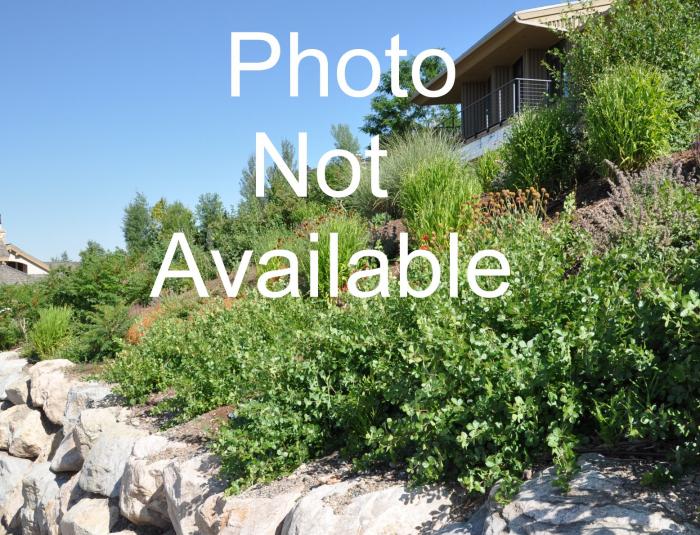| Botanical Name: Symphoricarpos orbiculatus | |
| Common Name: Coralberry |

-
Anatomy
-
Culture
-
Design
Plant Type
Shrub
Height Range
3-6'
Flower Color
Pink, White
Flower Season
Spring
Leaf Color
Green, Blue Green
Bark Color
Brown
Fruit Color
Purple, Red
Fruit Season
Summer, Fall
Sun
Full, Half, Shade
Water
Medium
Growth Rate
Moderate
Soil Type
Clay, Loam
Soil Condition
Average, Rich, Well-drained, Dry
Soil pH
Neutral, Basic
Adverse Factors
Invasive
Design Styles
Mediterranean, Ranch, Spanish, Woodland
Accenting Features
n/a
Seasonal Interest
Spring, Summer, Fall
Location Uses
Entry, Shrub Border, Foundation, Patio, Raised Planter
Special Uses
Cascade, Erosion Control, Filler, Hedge, Mass Planting, Naturalizing
Attracts Wildlife
Birds, Hummingbirds
Information by: Stephanie Duer
Photographer:
Photographer:
-
Description
-
Notes
This low-growing, spreading shrub has an arching mounding habit that is very graceful when left un-pruned. Leaves are small, soft green, and slightly serrated. Pale pink flowers appear in late spring, and while they aren't particularly showy, they are followed by a profusion of stunning purplish-red fruit, which persists into the fall months. Good for informal or naturalized areas. A moderate grower to 3 to 5 feet tall and 4 to 6 feet wide. Though it does sucker a bit, it is not nearly as spreading as the native forms.
Grow in sun to light shade, in well drained, loamy to clay soils. Does well in dry shade. While it resents shearing, cutting it hard to the ground every 3 to 5 years rejuvenates the shrub.